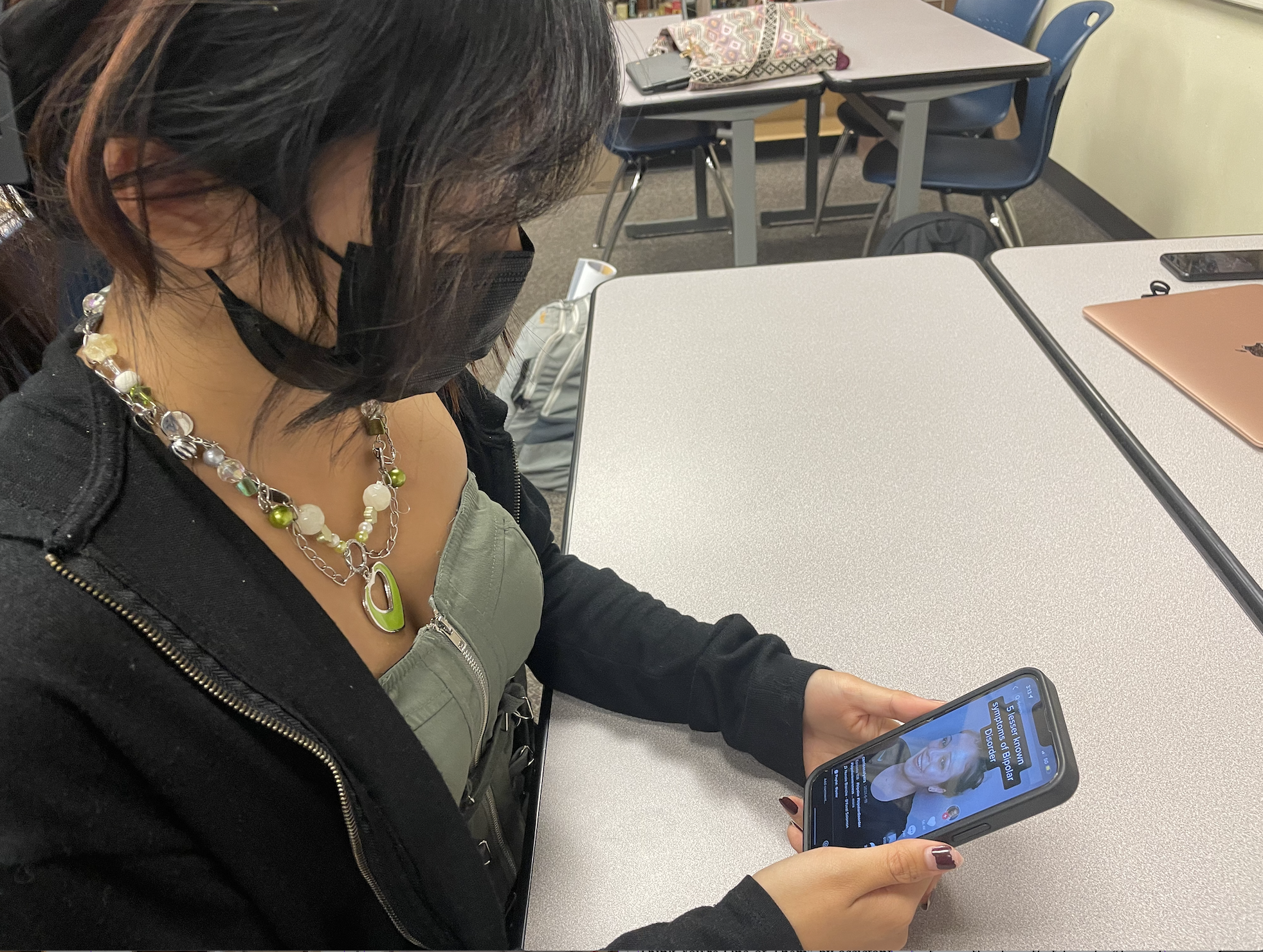Social media has played a large role in the gradual destigmatization of mental health issues, but it has also led to an influx in self-diagnosing among teens, which may be beneficial, but has its drawbacks, according to “A Challenge with Social Media: Self-Diagnosing Mental Health” by Meaghan Warner.
For people who don’t have access to proper healthcare, social media can be a useful tool for awareness of different disorders and how to address their symptoms. According to “Why Many Women With Autism and ADHD Aren’t Diagnosed Until Adulthood – and What to do if You Think You’re One of Them” by assistant professor in Neurodevelopmental Conditions at Durham University Alokananda Rudra, many women are turned away from professional diagnosis because of misogyny and stigma surrounding women’s mental health. In turn, these women look to self diagnosing with the help of social media and the internet. Self-diagnosing is an accessible method of diagnosis that can at least steer someone in the right direction on their mental health journey. Many people also turn to self-diagnosing to answer questions about what they’re experiencing and find solace in a community of people online that relate to their experiences.
However, it is necessary to consider the downsides of self-diagnosing as well. While it may seem like doctors just tick off boxes on a checklist of symptoms, diagnosing is a little more personalized than that according to mental health counselor Micheline Maalouf in “Self-Diagnosis in a Digital World” by Lindsey Phillips. Individuals are affected by mental disorders differently and symptoms manifest themselves uniquely from person to person, she said. Certain symptoms displayed by someone with a mental illness on social media may be easy to resonate with, but those same symptoms could be a result of a different illness or not signify illness at all.
“We probably all have traits from different personality disorders, but it takes certain criteria to have an official diagnosis, which people don’t often understand,” Tristan Collazo, a resident in counseling, said in the article by Phillips. They may experience a trait or symptom from a specific personality disorder, “but that does not mean they have that disorder,” he said.
Another downside to self-diagnosing that stems from social media is the frequency with which misinformation circulates, especially around online communities according to Phillips. It’s easy for young people who are searching for answers to latch onto the first disorder that seems to fit what they are going through, especially when this information comes from fellow teenagers on online platforms.
The first step to take when encountering worrying symptoms is to contact a health professional and then conduct thorough research from credited sources written by doctors and other medical specialists, according to Dr. Ravina Bhanot in “Does self-diagnosis work and what are the dangers?” by Emily Bashforth. While looking to online platforms in times of worry may be comforting, it’s important to remember that social media shouldn’t be one’s only source of information.

